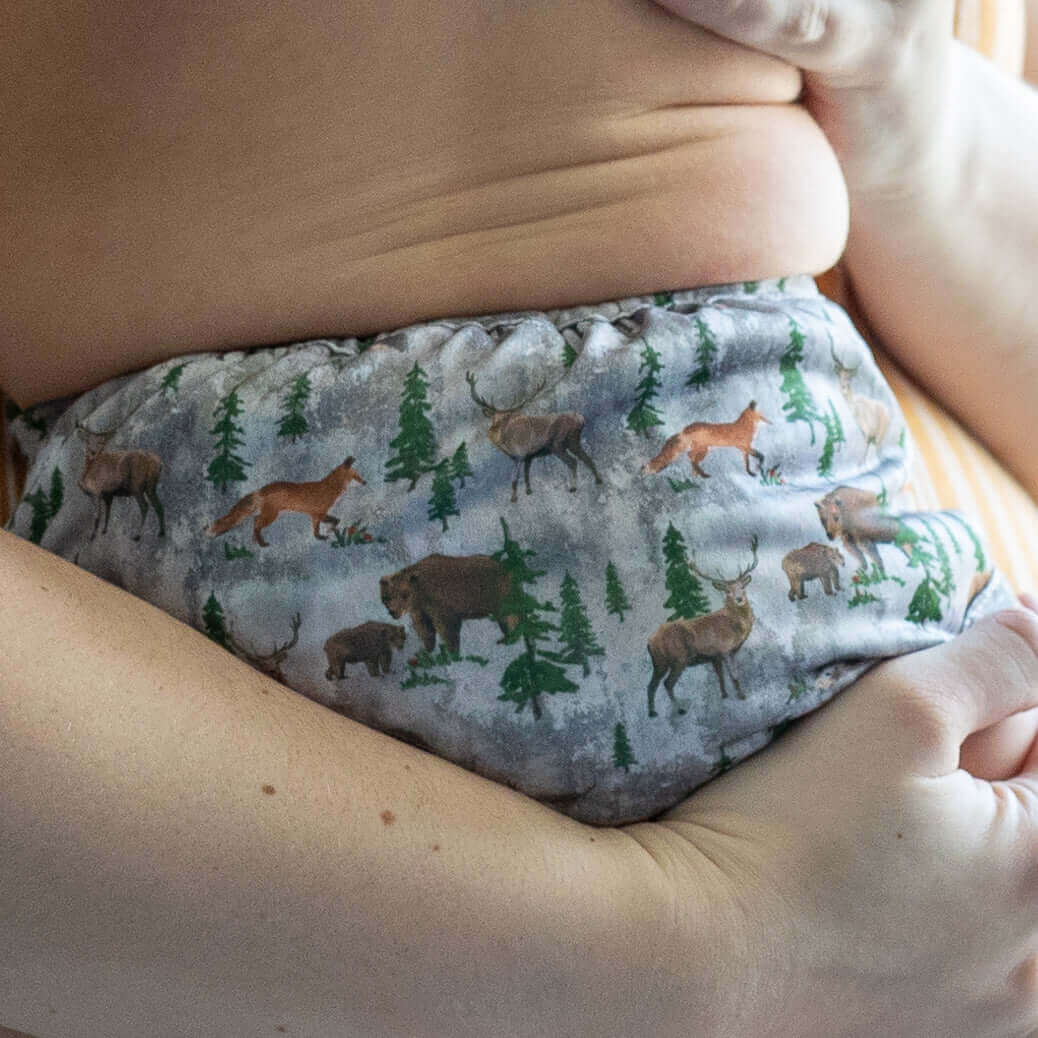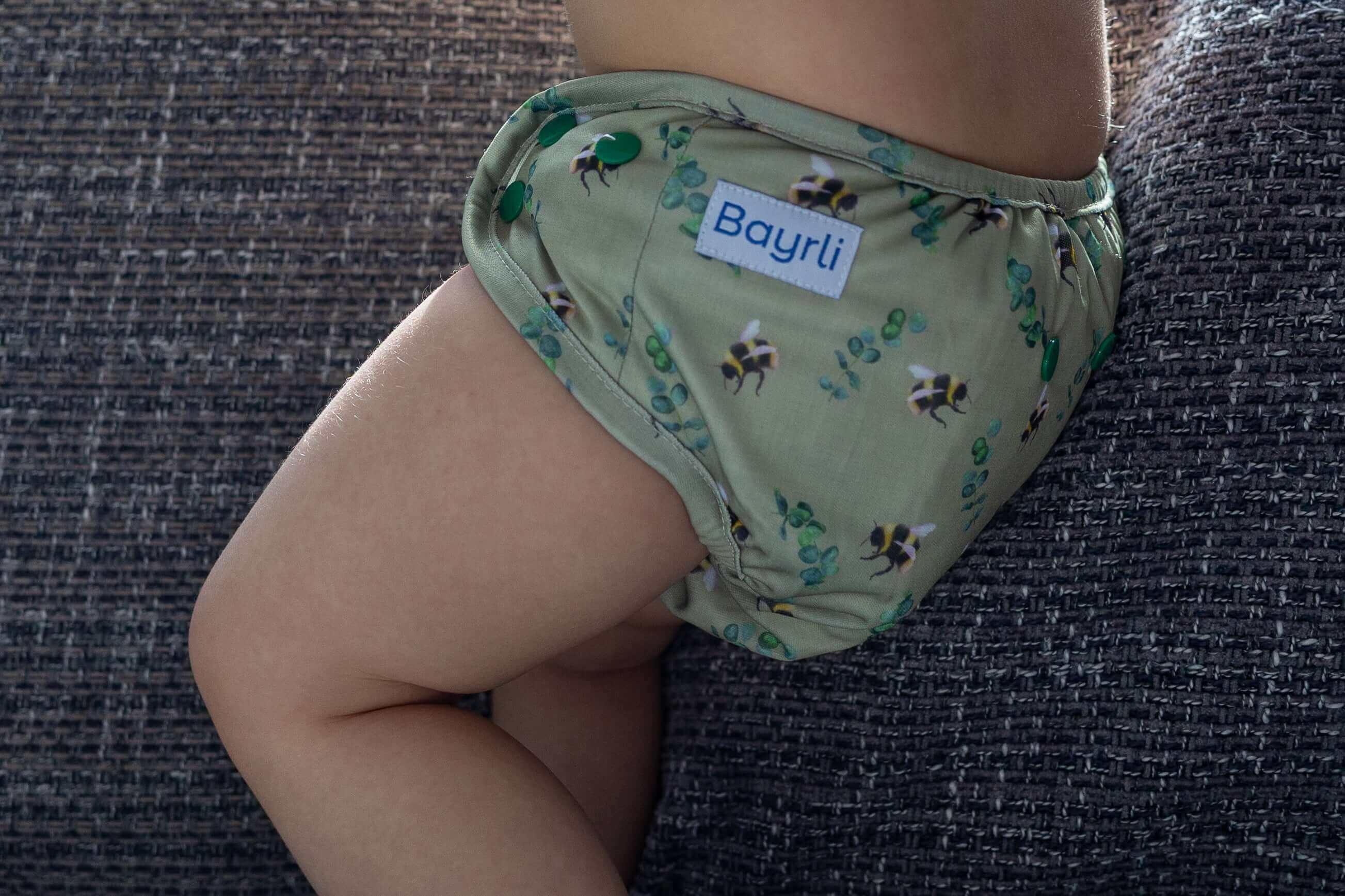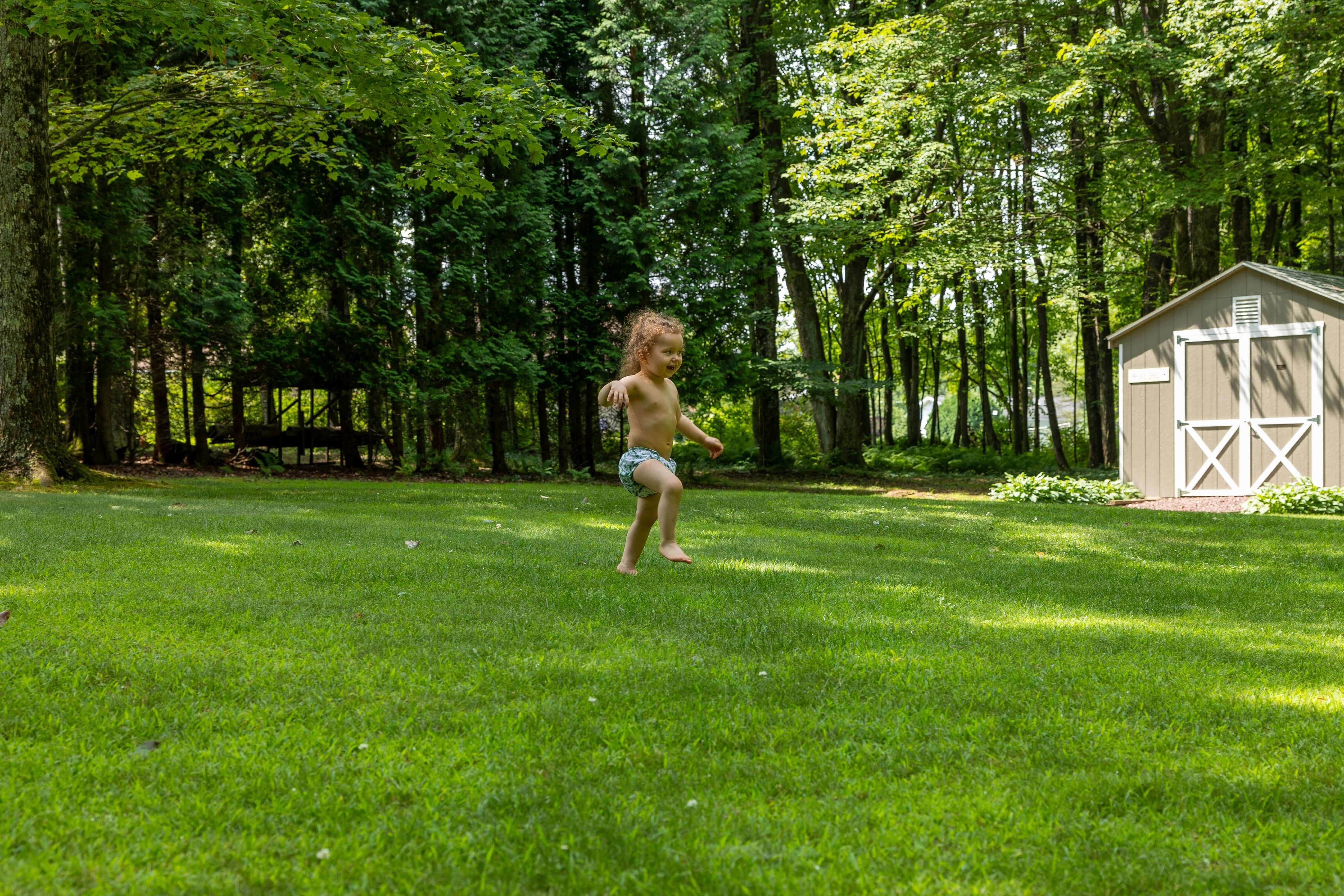
Tackling Yeast Diaper Rash: Guidance for Your Baby's Comfort
Yeast diaper rash, commonly triggered by the Candida yeast, is a frequent concern for parents. This condition flourishes in the damp confines of a soiled diaper, particularly if a regular diaper rash has been overlooked. If your little one's rash seems persistent, it's time to consult their healthcare provider. Remember, timely intervention is key; a rash unresponsive to treatment after three days needs professional attention.
Common Culprits and Yeast Infection Indicators
While chafing and dampness often lead to ordinary diaper rashes, a yeast infection might be the culprit if standard remedies fail. Candida, a usually harmless yeast present in everyone, thrives in warm, moist areas. Notably, babies on antibiotics or breastfed infants with mothers on antibiotics are more vulnerable, as these medications can disrupt the balance of protective bacteria, allowing yeast to proliferate.
A previous bout of oral thrush in your child could also result in a yeast diaper rash. The yeast travels through their digestive system and can end up causing irritation in the diaper area.
Spotting Yeast Diaper Rash
A standard diaper rash and a yeast infection can be hard to differentiate at first. However, a yeast infection is likely if the rash:
- Persists over two days without responding to regular treatments.
- Appears well-defined, reddish, or bright red with slightly raised borders.
- Occurs in skin folds with possible satellite lesions or additional irritation.
- Feels scaly to the touch.
Effective Treatments: Beyond the Basics
Treating a yeast diaper rash involves more than just barrier creams. Antifungal creams, such as nystatin, clotrimazole, or miconazole, are often prescribed, sometimes in combination with a mild corticosteroid. Application technique matters; these creams must be rubbed into the skin, not merely applied on the surface. In some cases, a protective barrier cream might be recommended on top of the medication.
Avoid powders like talcum or cornstarch; they pose inhalation risks and could exacerbate the rash. If the condition doesn't improve within three days of starting treatment, or if symptoms like fever or oozing sores develop, consult your baby’s doctor immediately.
Preventive Measures and Diapering Tips
To promote healing and prevent yeast infections:
- Change diapers frequently and let your baby enjoy some diaper-free time.
- Clean the area gently with a soft cloth and water, avoiding wipes and harsh rubbing.
- Use mild, fragrance-free soaps and allow the area to dry thoroughly before re-diapering.
Can Cloth Diapers Be a Game-Changer?
Cloth diapers might offer an edge in preventing yeast diaper rashes. The key lies in their breathability and less restrictive nature compared to certain disposable diapers. If you opt for cloth diapers, ensure they are washed with a mild detergent, rinsed thoroughly, and avoid fabric softeners or dryer sheets. In cases of severe yeast diaper rash, temporarily switching to highly absorbent disposable diapers can help.
Remember, the best defense against yeast diaper rashes is a dry, clean, and well-aerated diaper area. Your vigilance and care are your baby's best protection.


